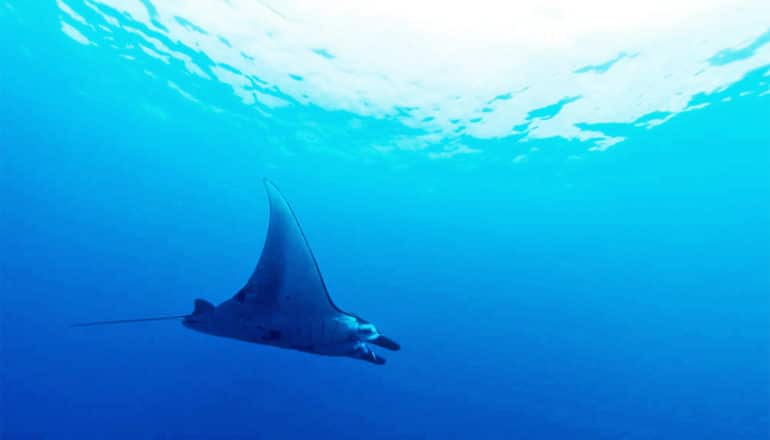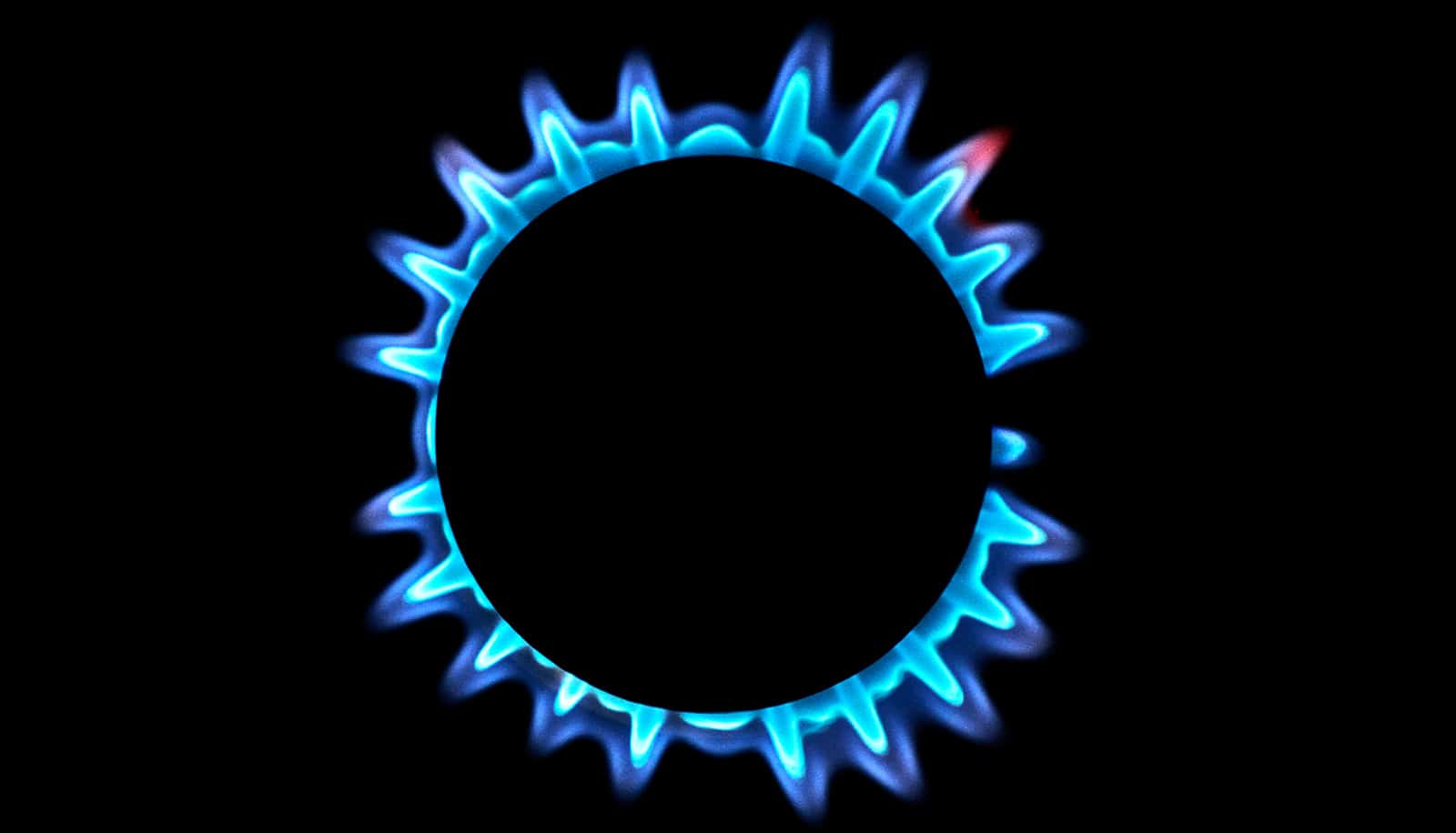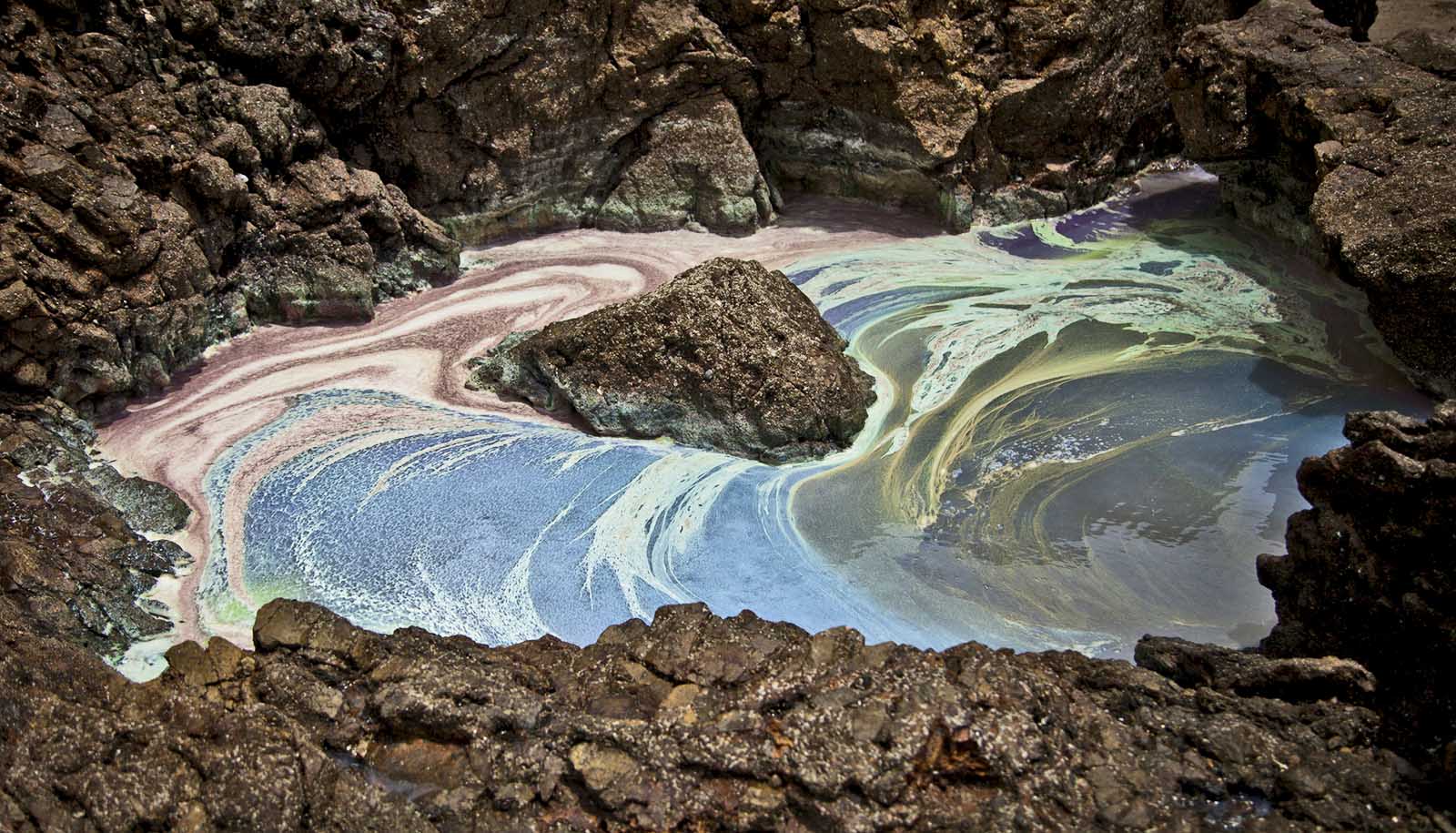
(Credit: zsispeo/Flickr )
Whoopi the manta ray shows off super speedy healing
When Whoopi the manta ray was hit by a boat in 2015, it gave researchers an opportunity to see just how fast the ocean creatures heal.

Whoopi the manta ray—a regular visitor to Western Australia’s Ningaloo Reef—has helped scientists study manta rays’ impressive ability to heal.
Whoopi, who has swum with thousands of tourists in Western Australia over the years, was hit by a boat in 2015, suffering propeller cuts measuring up to 20 centimeters (almost 8 inches) to the edge of her wing.
Christine Dudgeon, a research fellow at the School of Biomedical Sciences at the University of Queensland, says such a strike was relatively rare, but could cause significant injuries to the animal.
“Manta rays don’t surface to breathe, which you think would reduce their susceptibility to boat strike,” Dudgeon says.
“But these rays, like whale sharks, tiger sharks, and other sharks and rays, spend considerable time in surface waters for activities like basking and feeding.
“Most wounds in these species have been attributed to predation, mating attempts, and fishing-related injuries or entanglement, but boats do end up hitting some rays—and Whoopi had the cuts to prove it.”
Manta rays and other sharks and rays are considered to have high healing capacity.
“This is likely due, in part at least, to a unique adaptive immune system,” Dudgeon says.
“However, few studies have investigated the rate of wound healing in sharks and rays, and these have mostly focused on the impacts of external and internal tagging procedures, not boat strikes.”
To investigate this phenomenon further, the team compared underwater photographs taken in the Ningaloo Coast World Heritage Area of Western Australia over the past 15 years, and found evidence of greater incidence of boat strike on manta rays than previously thought.
Anthony Richardson, a professor at the Centre for Applications in Natural Resource Mathematics, says the results were impressive.
“Whoopi showed us just how fast these beautiful creatures can heal,” he says.
“Her significant wounds had healed by 50% only 46 days after the boat strike, and by day 295 had healed by 95%.”
Dudgeon says the research could be used to inform policy for designing adequate spatial management for the region.
“It’s imperative we reduce the impact of vessels on manta rays and protect their critical habitat,” she says.
Such management may include speed restrictions during high usage periods, vessel free zones, the use of propeller guards or alternative motors—like jet motors—and public education on vessel-wildlife conflict.”
“Manta rays are incredible healers, but it’s important we keep them safe in the first place.”
The research appears in PLOS ONE. Additional researchers from the University of Murdoch contributed to the work.
Funding for the project came from Austral Fisheries, TG Kailis Marine Conservation Fund, Earthwatch, Australian Research Council, and the University of Queensland.
Source: University of Queensland
The post Whoopi the manta ray shows off super speedy healing appeared first on Futurity.
Share this article:
This article uses material from the Futurity article, and is licenced under a CC BY-SA 4.0 International License. Images, videos and audio are available under their respective licenses.
Related Articles:
Climate change was behind Earth’s largest extinction
Dec. 10, 2018 • futurityHow key ocean bacteria aggregate without central control
July 5, 2023 • futurityLinks/images:
- https://www.futurity.org/shark-sanctuary-satellites-1893682-2/
- https://www.futurity.org/blue-whales-ship-traffic-collisions-914022/
- https://doi.org/10.1371/journal.pone.0225681
- https://www.uq.edu.au/news/article/2019/12/healing-rays-whoopi%E2%80%99s-quick-mend
- https://www.futurity.org/manta-rays-healing-2240312/
- https://www.futurity.org


